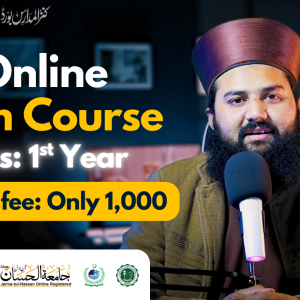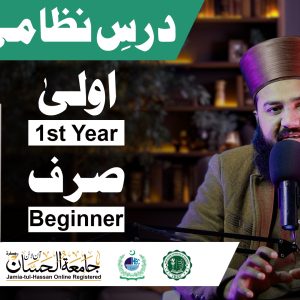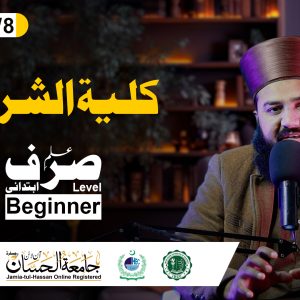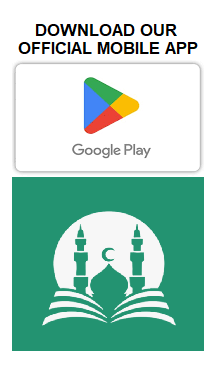Tips for Easy Quran Reading for Beginners
Reading the Quran can be a deeply fulfilling journey, providing spiritual guidance and insight. However, for beginners, it might seem daunting. With the right approach and tools, Quran reading can become an accessible and enriching experience. Here are some tips to make Quran reading easier for beginners.
Before diving into the Quran, it’s beneficial to familiarize yourself with the Arabic alphabet. Understanding the basic letters and their pronunciations is a crucial first step. Resources such as the Baghdadi Primer PDF can be a helpful guide, offering structured lessons for beginners. This foundational knowledge will make your Quran reading journey smoother and more enjoyable.
The digital age has brought the Quran closer to us than ever before. Many platforms offer easy Quran reading online options. These resources often provide interactive lessons, audio recitations, and transliterations, making it easier for beginners to follow along. Websites and apps dedicated to Quran reading can guide you through each verse, ensuring you understand both pronunciation and meaning.
📚 Explore Our Latest Islamic Courses 📚
Leverage Mobile Apps
For on-the-go learning, consider downloading an easy Quran reading app. These apps are designed with beginners in mind, offering features such as audio recitations, translations, and repetition options. This flexibility allows you to practice Quran reading anytime, anywhere, turning idle moments into productive learning sessions.
Practice with Easy Quran Books
Physical books can also be a valuable resource. Many publishers offer easy Quran reading books that are tailored for beginners. These books usually include transliterations and translations, helping you grasp the nuances of each verse. Practicing with these books can enhance your understanding and fluency over time.
Focus on Recitation
Recitation is an integral part of Quran reading. Listening to easy Quran recitation can improve your pronunciation and rhythm. Many resources offer slow-paced recitations, allowing you to follow and mimic the sounds. By practicing regularly, you’ll gain confidence in your reading abilities.
📚 Explore Our Latest Islamic Courses 📚
Follow a Structured Guide
Consider using a Quran reading guide to help structure your learning. Guides often provide a step-by-step approach, breaking down complex verses into manageable parts. This methodical approach can prevent overwhelm and ensure consistent progress, making Quran reading a more approachable task.
Engage in Regular Practice
Consistency is key in learning any new skill, and Quran reading is no exception. Set aside dedicated time each day for reading and reflection. Even a few minutes daily can lead to significant improvement over time. By maintaining a regular practice schedule, you’ll build confidence and proficiency in your Quran reading.
In conclusion, Quran reading for beginners doesn’t have to be intimidating. With the right resources and a structured approach, you can embark on a fulfilling journey of spiritual discovery. Remember, patience and persistence are your allies in this learning process. Happy reading!
📚 Explore Our Latest Islamic Courses 📚









